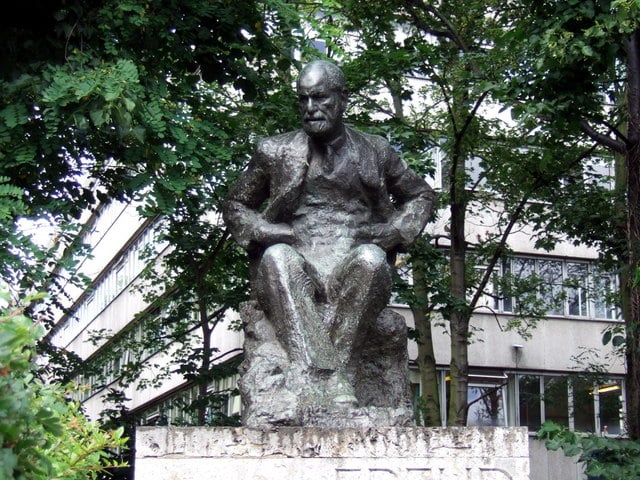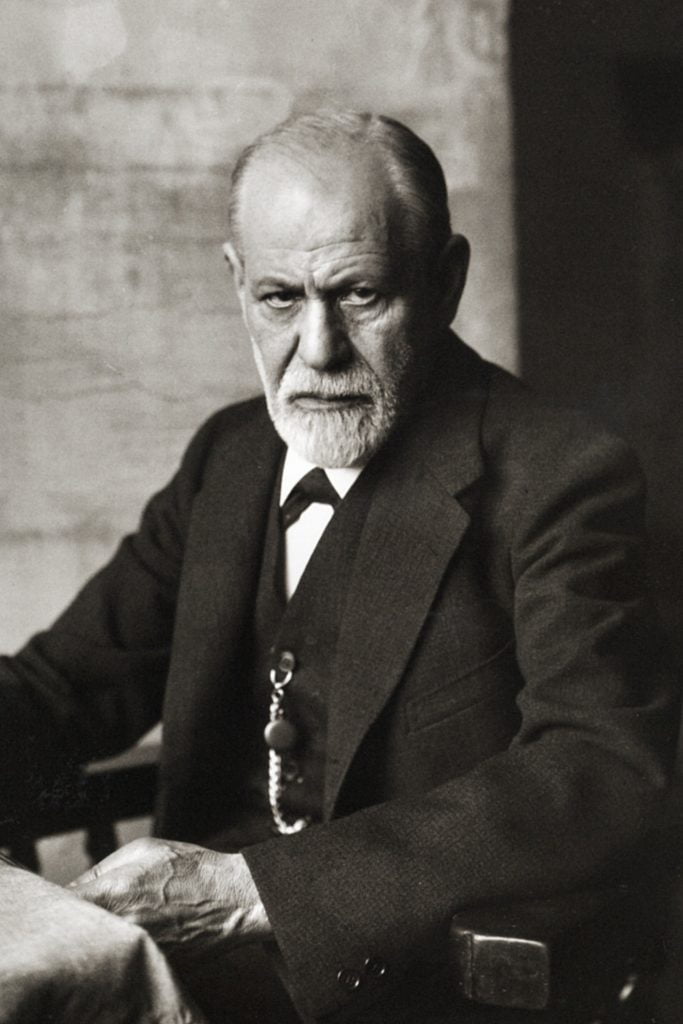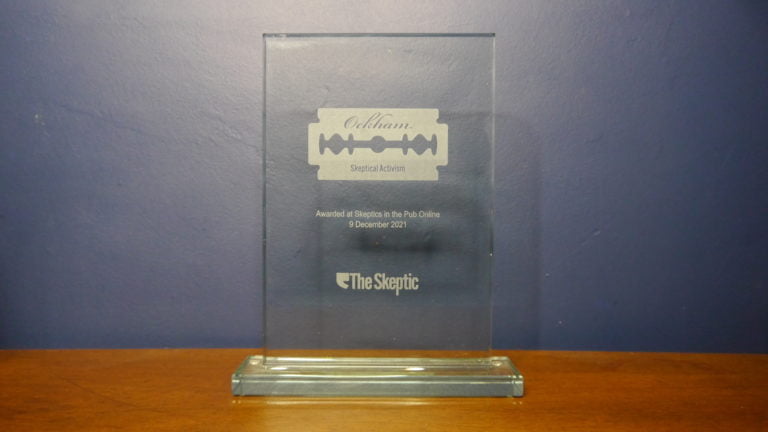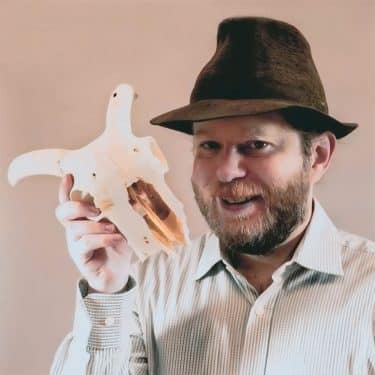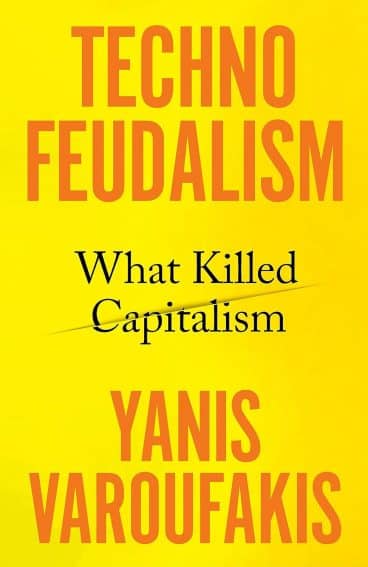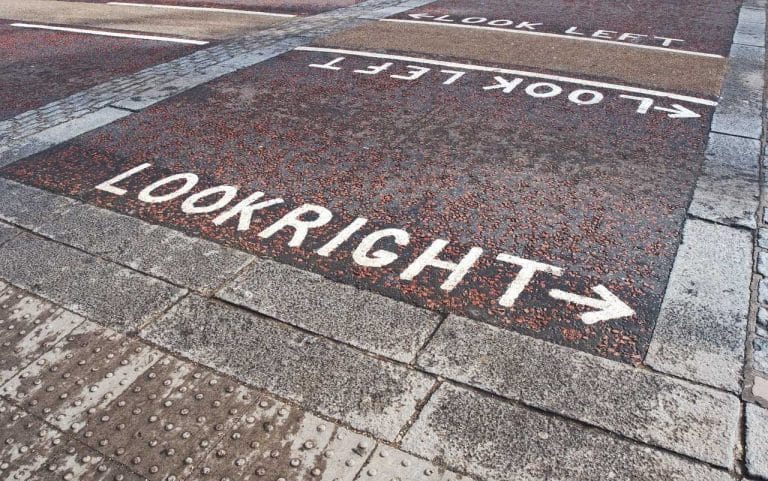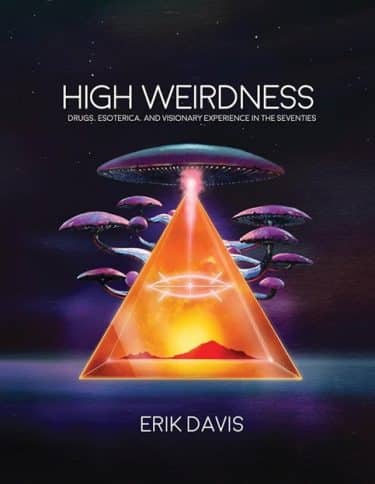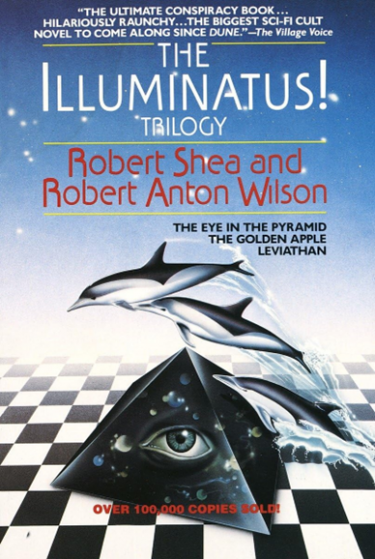Last year, my fellow writer and podcast colleague Mike Hall wrote in this magazine about ‘vabbing’ – the TikTok trend of using vaginal secretions as perfume, in order to attract a partner. Tiktok is, of course, filled with viral trends – some of which are completely fake.
One such was the ‘nyquil chicken’, where videos showed people cooking their chicken in cold medication; the hoax started on 4Chan. Another was the ‘porcelain challenge’, where tiktokers ground up porcelain dishes and pretended to snort the powder, mostly in a bid to upset their elders.
Whenever a new trend surfaces, it’s not always clear whether it’s something TikTok content creators actually believe or not. TikTok is also a platform with a lot of trending language, where slang is developed and quickly adopted to help prevent videos with certain content from being removed – much of said slang being incomprehensible if you’re not in the know. As such, it’s easy to misinterpret, misunderstand or miss the joke, which means that even if a viral TikTok trend started out as a gag, once it trends it’s entirely plausible that people might give it a go.
All of which brings me to a TikTok trend that ticks these boxes, where it’s hard to be certain if content creators actually believe in the technique they’re promoting, but even if they don’t, I am confident that the mere existence of the content will contribute to people trying it.
The trend I’m talking about is using menstrual blood on the skin as a face mask in order to reduce acne.

What?
Glamour magazine wrote about this previously, in an article titled “TikTokers are smearing period blood on their faces in the name of beauty”. In fact, every piece of coverage I’ve seen has been universal in its condemnation; it’s safe to say, outside of TikTok, media outlets do not think it’s a good idea.
As a non-user, I’ve only seen this kind of coverage; reports that there are people who are recommending it. I’ve not actually seen anyone recommend it. But given that we know there are people out there who bathe in or drink urine, or use semen to reduce acne, it’s probable there are people who think menstrual blood has healing properties.
In fact, long before the TikTok trend began towards the end of 2023, there was content online about menstrual masking. In February 2020, Cosmopolitan published an article headlined “I Tried a Period-Blood Face Mask and, Uh, You Definitely Shouldn’t” with the subheading “Disclaimer: Cosmo seriously recommends you do not try this at home!”. It opens:
There’s no ~delicate~ way to say this, so please forgive me in advance. I…make face masks out of my own menstrual blood. Whew. Wow. Yup, I said that. And did that. Aaand you probably have some very valid questions running through your mind right now, like, Wait, WTF? and Are you alright? And I promise I will answer them all.
But first, an *~IMPORTANT DISCLAIMER~*: No matter how I feel about menstrual masking (I love it) and what it’s done for my skin (a lot), you should know that absolutely no medical professional – nor Cosmo – under any circumstances would ever (like, ever, ever) advise trying this at home. Menstrual masking is entirely my choice, and I do not encourage anyone else to take on this potentially dangerous, very questionable DIY. We all got that? Cool.
The author tells us they were inspired by a November 2019 article that listed uses for menstrual blood (other options were to make a nail polish or to paint with it…). The article led with a photo of Kim Kardashian, her face covered in something red; it is a photo I recognise from articles about the ‘vampire facial’, which involves platelet-rich plasma being removed from someone’s blood and then injected into their skin. As far as I know, Kim Kardashian has never talked about menstrual masking, but the misused photo of her was always going to drive interest.
This article from 2019 is the first one I could find that seemed to genuinely advocate for using menstrual blood this way. It starts by claiming:
Period blood is a highly dynamic and powerful substance. Mystically speaking, the main thing period blood represents is the idea of the cycle. Something that grows, holds, releases, and rests, like the seasons of the year. The blood that comes out of you is only one part of the cycle, but it carries the energy of the cycle as a whole, and of cycles in general. With that in mind, the period is just as much a symbol of life-generation or as it is a symbol of death and the underworld.
So far, so standard in terms of wellness woo. It continues, claiming that scientists have found that the lining of the uterus, and therefore period blood, is full of stem cells, which is probably true, but implying that stem cells would therefore be good when applied topically to intact skin is scientifically questionable.
The 2019 article then talks about blood magic, so it definitely fodder for those prone to magical thinking. The 2022 Cosmopolitan article, however, is targeted at your average young woman and eschews the mysticism, claiming that the mechanism is more to do with:
stem cells along with incredibly rich nutrients, like zinc, copper, and magnesium—all of which are also found in trendy beauty products and acne treatments on the market.
After three days of applying menstrual blood to her face – something the author describes in extensive detail in the article, but I’ll leave to your imagination – she comments that the spot she had on her chin is much smaller. Now, I don’t know about you, but if I have a big spot on my face, it does tend to get significantly smaller and less red over the course of three days. Especially if I’ve been washing my skin thoroughly each day, as the author (thankfully) has.
Don’t try this at home
The author is convinced that the menstrual mask works for her, but for journalistic balance, includes a quote from a dermatologist pointing out some of the risks.
The biggest risk being that… it can actually make acne worse. This makes sense: a fair amount of acne is caused by bacteria, and while menstrual blood isn’t in itself unhygienic, it obviously contains bacterial risks. Our entire body is covered in bacteria, and typically the ways in which we collect menstrual blood mean that that nutrient-dense fluid is sitting in a warm environment for a few hours at a time, adjacent to the anus, which has a higher density of bacteria. Menstrual blood, once collected, is likely to contain bacteria. Plus, we’re unlikely to be very sterile with our hands and skin when we collect menstrual blood – not so much to be a cause of significant harm, but enough to potentially cause an acne flare up.
What’s more, menstrual blood is a waste product, filled with cells and bits of uterine tissue that the body no longer needs, which means it contains a lot of dead cells – dead cells that release pro-inflammatory factors, which can also increase the inflammation and redness associated with acne.
So those are the potential risks. As for the benefits… there are none. There is also absolutely no evidence it would help, in any way, at all. We have no idea if stem cells could cross the skin and do anything of value. We have no evidence that any of the “nutrients” contained within menstrual blood make any beneficial difference. In fact, many of the nutrients listed in the article that are added in to other skin care products have little-to-no evidence of efficacy either. There are very few skincare ingredients that are evidence based.
Ultimately, there’s just no point in trying this.


